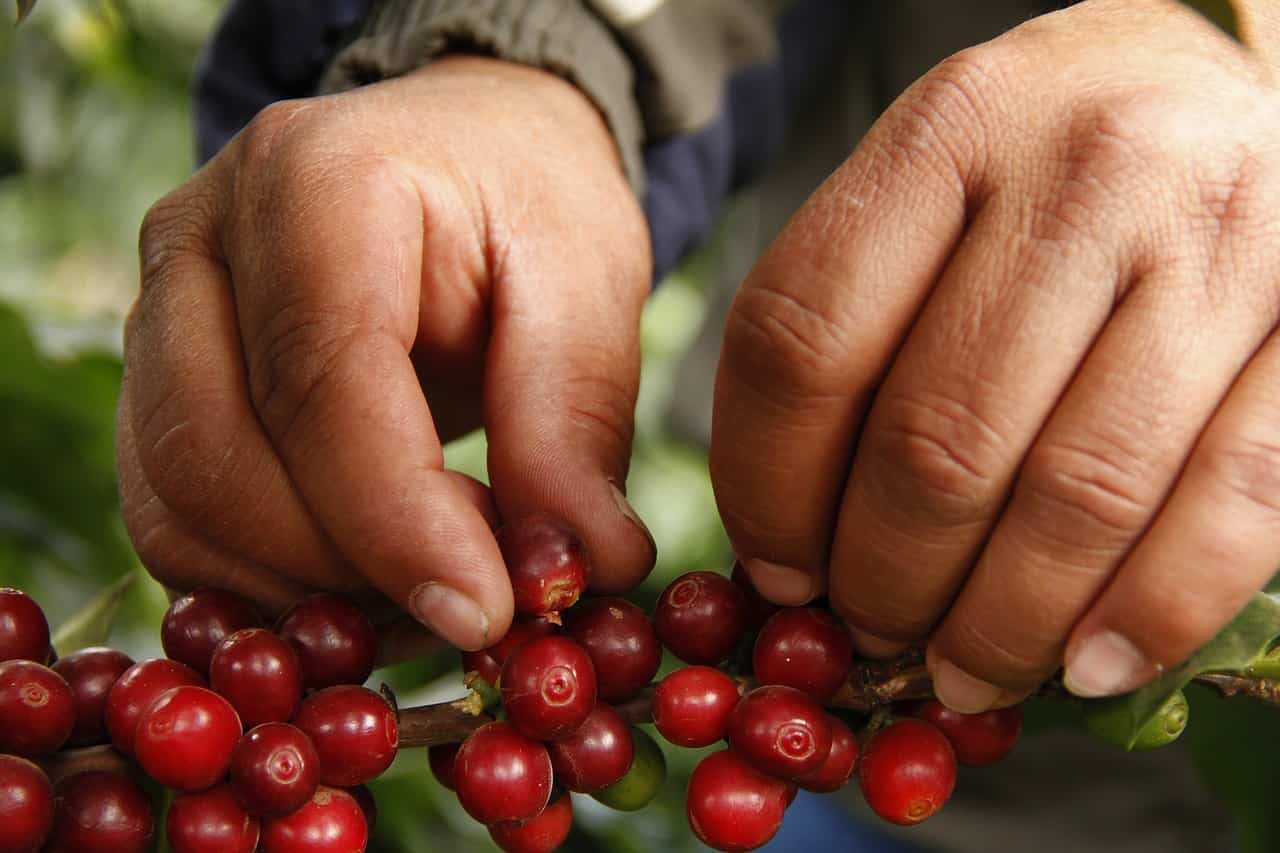The El Encanto farm, nestled in a mountain in central Honduras, is working with half of the coffee pickers it needs due to the migration of thousands of people to the United States.
The drama is repeated throughout Central America, where, faced with a shortage of people for the harvest, coffee growers see the fruits and their income fall to the ground.
In Siguatepeque, 90 km north of Tegucigalpa, the owner of El Encanto, Selvin Márquez, planted the five hectares of the farm. He has 20 harvesters instead of last year’s 40.
“Many of our people who have dedicated themselves to picking coffee are leaving for the United States, for other countries, for lack of opportunities,” laments the 34-year-old man.
The “cutters” carry a plastic container tied around their waists. The leafy foliage mitigates the scorching rays of the sun.
Among them is José Samuel Hernández, 34. He works alongside his wife, Esly Mejía, 24; his sister-in-law Gleny, 20; and the couple’s two-year-old daughter, Alexa.
Every hand counts, even the small ones of Alexa, who, hugging a dusty teddy bear, plays at times and at others helps by cutting grains from the lower branches.
The family cut 182 kilos in eight hours and received 10 cents per kilo.
“The basic food basket is very high, exceeding 14,000 lempiras (567 dollars a month),” so the income is “insufficient,” José Samuel Hernández said. A security guard, he took advantage of the day off from his other job – where he earns US$429 per month – to join his family on the farm.
Double effect
Honduran authorities estimate that a thousand of its 9.5 million inhabitants leave each day for the United States to escape poverty and criminal violence.
The migration of Hondurans “doubly affects” production and harvesting, says Oscar Márquez, 36, Selvin’s brother.
“Those who leave stop picking our coffee and those who stay” as well, because they live on remittances from abroad, he says.
In Honduras, the seventh largest producer in the world according to industry sources, there are 250,000 hectares of coffee, distributed among more than 100,000 producers.
Its cultivation generates one million jobs and about 38% of agricultural GDP, according to the Honduran Coffee Institute.
In the 2021-2022 season, the country exported 1.4 billion dollars.
Fewer Nicaraguans
In Costa Rica’s Central Valley, in the town of Birrí, 37 km north of San José, the Hersaca Tres Marías farm is suffering the same fate: a drastic reduction of Nicaraguan workers – the bulk of its workforce – who left for the United States.
Many were temporary workers, who after the harvest returned to Nicaragua. But after the 2018 protests harshly repressed by Daniel Ortega’s government, the exodus worsened.
Managua does not disclose numbers of emigrants, but more than 164,000 Nicaraguans were intercepted by U.S. authorities entering irregularly in fiscal year 2022, three times more than the previous period.
On the two hectares of Hersaca Tres Marías, the hands of Nicaraguan Nicolás Torres, tanned and blackened at 70 years of age, endlessly caress the bushes full of beans.
“I’ve grown up inside coffee,” he says without stopping to pick. “This has been one of the good jobs I’ve always done.
In Nicaragua “there is a social and political decomposition,” Torres says. “The government sometimes does not allow all Nicaraguans to work freely, (there is) a lot of pressure in the country and that makes us emigrate.”
In Costa Rica there are almost 94,000 hectares of coffee plantations, which employ some 25,000 pickers, mostly Nicaraguans but also Panamanians and Costa Ricans, according to Bilbia Gonzalez, deputy executive director of the country’s Coffee Institute.
She indicates that “migrant (…), Nicaraguan, picker labor is extremely important” for Costa Rica, which in the 2021-2022 season exported 337.8 million dollars in coffee.
They have left for the United States
“Nicaraguan people (there are) very few, they have left for the United States, they arrive very little this year. Last year I had 70 laborers and this year I had 50,” explains the manager of Hersaca Tres Marías, Geovanny Montero.
Due to the reduction in labor and the rains that ripened the fruit prematurely, Montero foresees a loss of 5% of his harvest.
“That’s a lot of money,” he laments while showing the fallen and lost grains, clarifying that until the harvest is over they cannot quantify these losses.
Fernando Porras, in charge of Coopelibertad, the cooperative that buys the farm’s production, comments that they are finishing the harvest “with the few people” they still have. The payment is about 15 cents per kilo.
This year, the harvest, which used to be done in two days, is taking a week.
“It has cost us a lot,” says Porras. “We have to run around with the coffee,” he adds resignedly.






